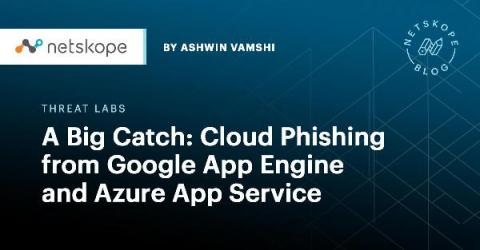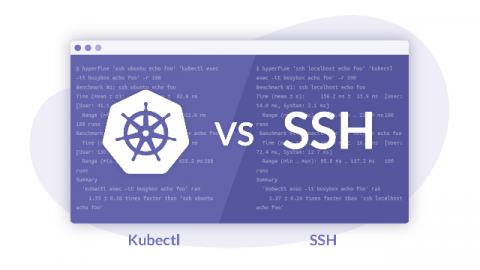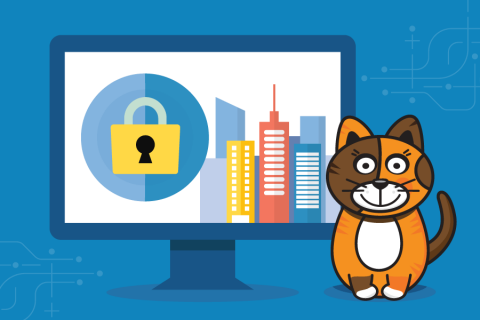The NIST Cybersecurity Framework: 5 core functions and how to align with them using AD360
The Cybersecurity Framework (CSF) was developed by the National Institute of Standards and Technology (NIST), a division of the U.S. Department of Commerce. This framework was created through collaboration between various private-sector and government experts to provide high-level taxonomy of cybersecurity outcomes and a methodology to assess and manage those outcomes.








